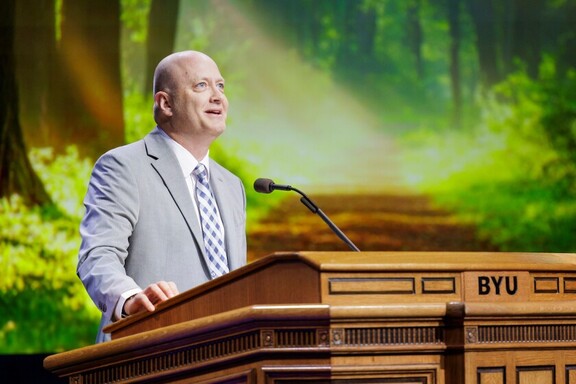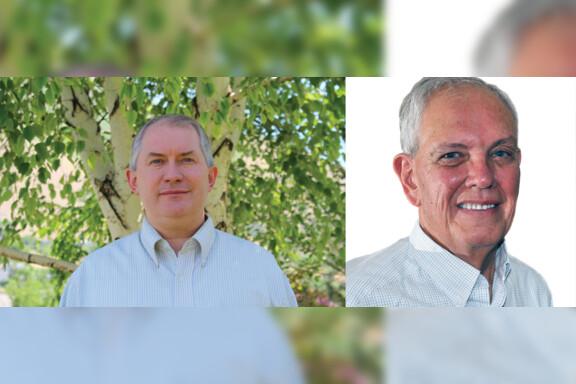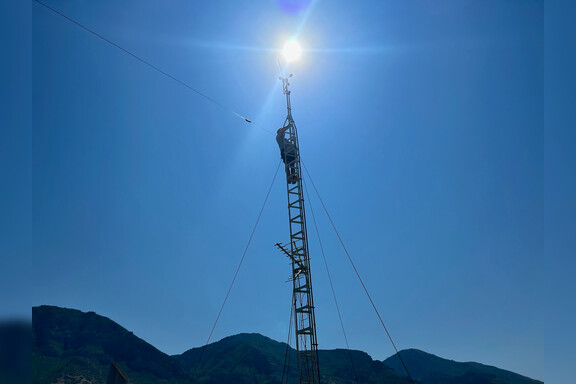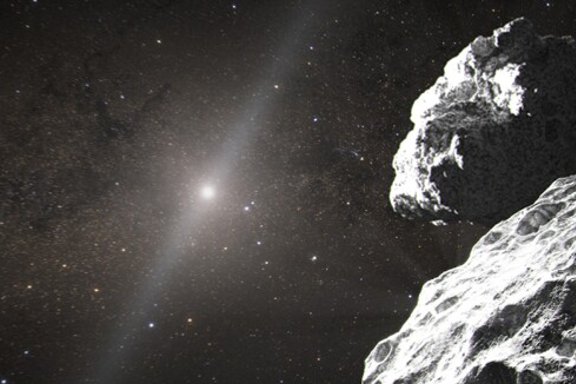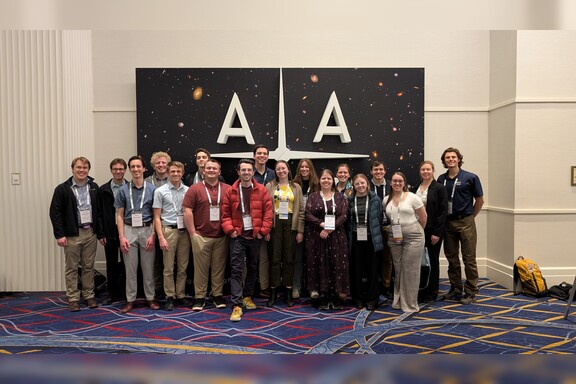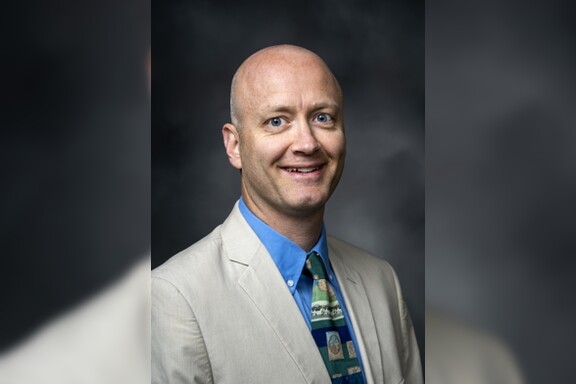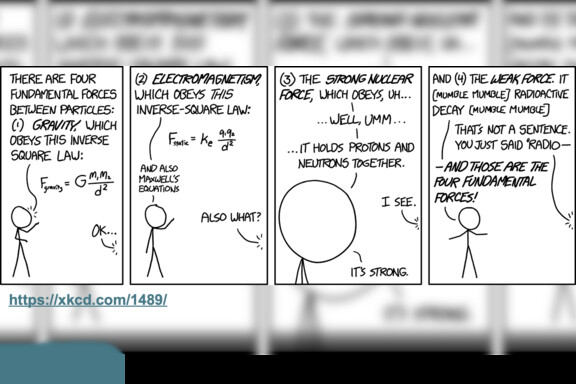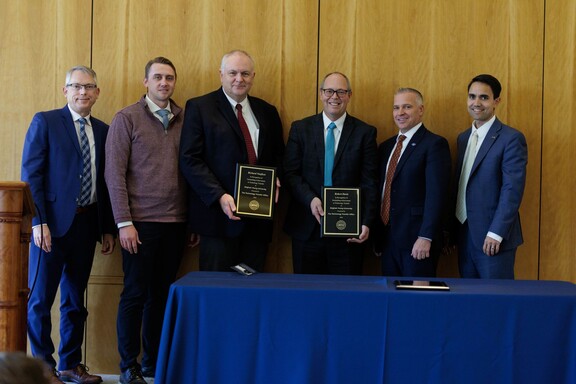Dr. Stephens’ Sabbatical to University of Arizona
 Last year, Dr. Stephens visited the University of Arizona in Tucson to participate in a research project studying brown dwarfs using the James Webb Space Telescope (JWST). She was invited to work on the project by her former Ph.D. advisor, Mark Marley, who had recently become the director of the Lunar and Planetary Lab (LPL). Unfortunately, the JWST instruments normally used to observe brown dwarfs were down for the duration of her sabbatical, so she pivoted to trying to find data from the Akari Space Telescope that could be used in its place. She also learned how to use PICASO (the Planetary Intensity Code for Atmospheric Scattering Observations), a Python program researchers can use to create custom brown dwarf atmospheric models. This helped her identify and address gaps in the current models of brown dwarfs. As a result, she was able to fine-tune the models of brown dwarf atmospheres to better fit the experimental data. These results will produce better model fits for the research she and her students are pursuing at BYU.
Last year, Dr. Stephens visited the University of Arizona in Tucson to participate in a research project studying brown dwarfs using the James Webb Space Telescope (JWST). She was invited to work on the project by her former Ph.D. advisor, Mark Marley, who had recently become the director of the Lunar and Planetary Lab (LPL). Unfortunately, the JWST instruments normally used to observe brown dwarfs were down for the duration of her sabbatical, so she pivoted to trying to find data from the Akari Space Telescope that could be used in its place. She also learned how to use PICASO (the Planetary Intensity Code for Atmospheric Scattering Observations), a Python program researchers can use to create custom brown dwarf atmospheric models. This helped her identify and address gaps in the current models of brown dwarfs. As a result, she was able to fine-tune the models of brown dwarf atmospheres to better fit the experimental data. These results will produce better model fits for the research she and her students are pursuing at BYU.
Dr. Stephens’ sabbatical was just as much of a road trip as it was a research project. Each weekend, she took her two youngest children with her on a trip to see a national park, observatory, or other nearby attractions. National parks were their main focus, having visited at least four of them by the trip’s end! They trod the depths of Carlsbad Caverns and the Grand Canyon, traversed the expanses of White Sands National park, admired the ancient flora of Joshua Tree National Park, and ventured through labyrinthine hoodoos and abandoned cliff dwellings. In addition to tourism, Dr. Stephens ran not one but two half marathons! One was at Joshua Tree, and the other at Lake Powell, where she and her family also enjoyed paddleboarding. Finally, they visited two observatories: the Very Large Array (VLA) of radio telescopes in Socorro County, NM, and Apache Point Observatory, home of the 3.5-meter telescope BYU students use to collect data for their research projects. When reflecting on these experiences, Dr. Stephens noted that she could help expand her children’s perspectives by taking “our boys [to] see some other parts of the world.”
In addition to research benefits that have helped Dr. Stephens and her research group, her sabbatical provided her a new perspective on her position here at BYU. She commented on her appreciation of BYU’s mission: “It helped me realize that I like being at BYU. …, I like the service side of BYU. It feels like I can give more at BYU and serving others more kind of makes my job more fulfilling on this end.” While she enjoyed the break and greater emphasis on research, she felt ready to come back by the end of it, excited to return to working with and teaching students. BYU’s feeling of camaraderie among students and faculty is something she values here and the experiences from her sabbatical reinforced these feelings. Overall, Dr. Stephens had a very rewarding experience with her sabbatical, sharpening up computational skills, enjoying the many national parks around her, and gaining a greater appreciation for her place at BYU where she can do what she loves, sharing that passion with her students.
Student Authors: Bryce Eggers, Taylor Fleming, Zacory Shakespear, and Joey Ray
Edited by Brian Anderson
News and Events


